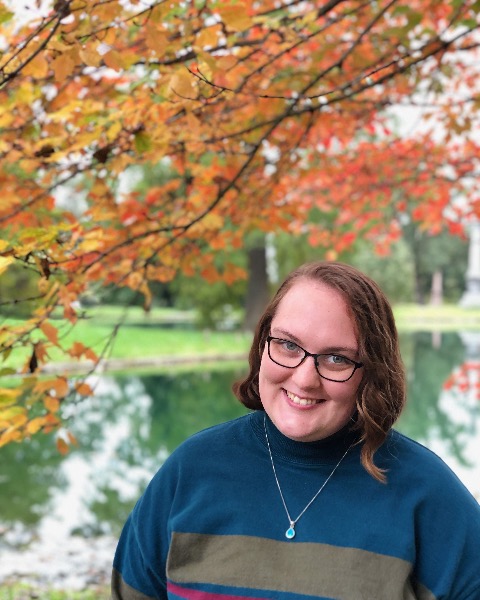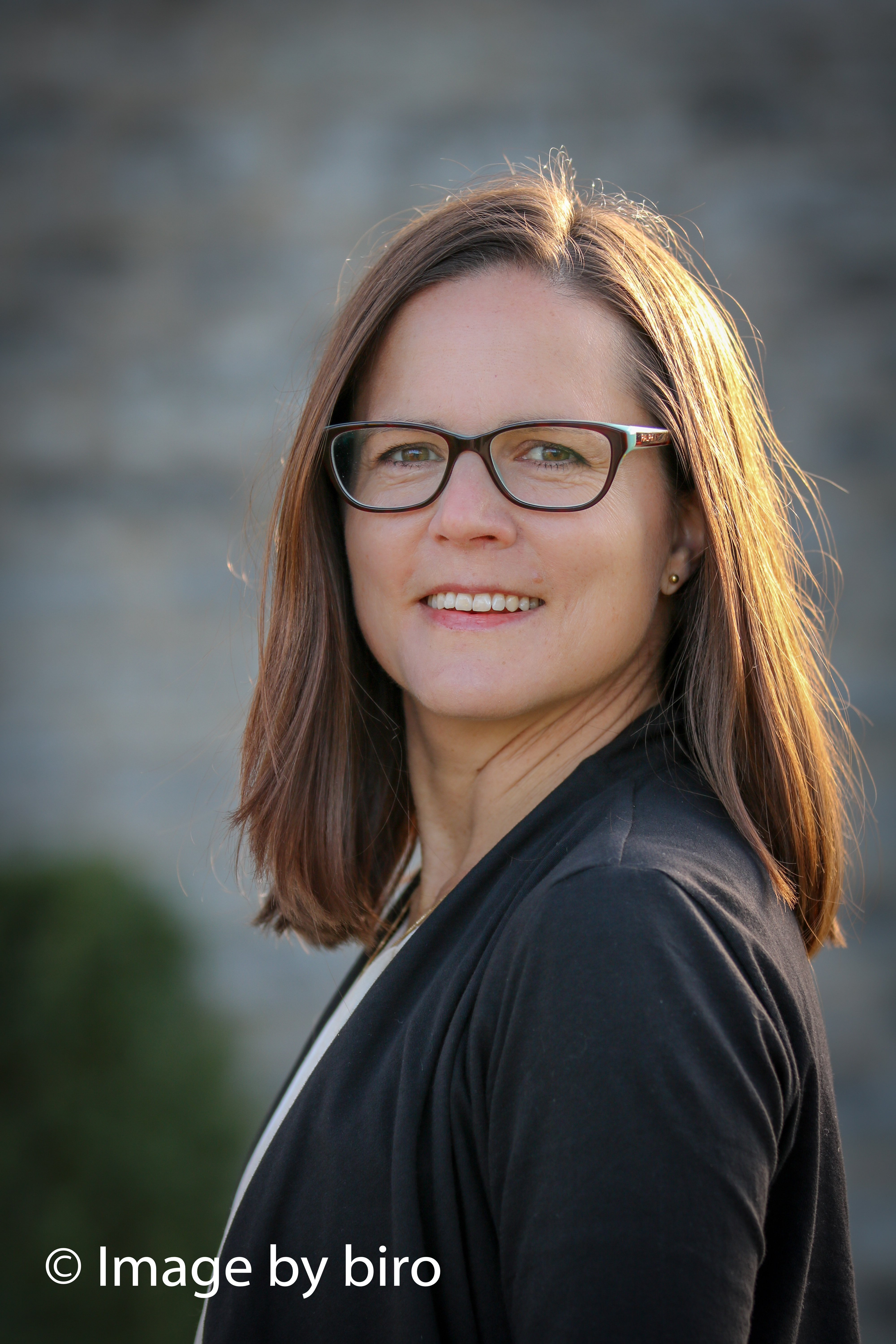LGBTQ+
(PS7-A15) Sexual and Gender Minority Individuals' Preferences for Intimate Partner Violence Prevention Programs
.jpg)
Sabrina Bothwell, B.S.
Graduate Student
University of Cincinnati
Cincinnati, Ohio
Emily Devlin, M.A.
Graduate Student
University of Cincinnati
Cincinnati, Ohio- MN
Michael Newcomb, Ph.D. (he/him/his)
Associate Professor
Northwestern University
Chicago, Illinois 
Sarah Whitton, Ph.D.
Professor
University of Cincinnati
Cincinnati, Ohio
Author(s)
Co-Author(s)
Background: Impacting as many as 1 in 4 of sexual and gender minority individuals assigned female at birth (SGM-AFAB), intimate partner violence (IPV; physical and emotional violence against a romantic partner) puts SGM-AFAB at risk for negative outcomes. P</span>revention initiatives for SGM-AFAB are essential. IPV prevention programs are one prevention strategy for cisgender, heterosexual youth; however, SGM youth have low participation rates in existing programs and report they feel unwelcome. Those who do participate experience fewer benefits than cisgender, heterosexual youth. Culturally adapting IPV prevention programs for SGM youth may improve participation and program effectiveness. In the development of tailored programming, it is vital to directly seek the input of SGM youth, to ensure their needs are met. This project aimed to identify SGM-AFAB’s preferences for the content and format of IPV prevention programming, as well as potential facilitators and barriers to participation.
Method: The sample included 41 SGM-AFAB (ages 18 – 32 years; 34% Black, 32% Latinx, 29% White) who had experienced IPV. In a semi-structured interview about their experiences with IPV, participants were asked, “What type of information would be most useful to you and other young LGTBQ people you know to help keep relationships healthy and avoid dating violence?”, “What type of prevention programs would be most appealing to you?”, “What would be the best ways to recruit young LGBTQ people into these types of programs?”, and “What do you imagine would keep you or your friends from participating in a program aimed at addressing LGBTQ dating violence?”. Two coders used inductive thematic analysis to identify codes in responses and develop themes.
Results: The majority of participants (75%) identified a need for culturally-competent preventative support, particularly mental health services (58%) and informational resources (38%). Logistical difficulties (e.g., transportation) were the most reported barriers to participating in an IPV prevention program, shared by 42% of participants. Many participants (22%) identified not recognizing the abuse and fear of being outed (19%) as barriers to participation. For program format, many participants endorsed online programs (46%), with one-third choosing in-person couples sessions (34%) or group workshops (32%). Most participants (67%) recommended social media as an effective way to recruit for programs, and many suggested referrals (40%) and liaising with local LGBTQ+ groups (40%).
Conclusions: Centering the voices of SGM-AFAB, these findings provide valuable data to inform the development and implementation of tailored SGM IPV prevention efforts. SGM-AFAB want tailored services that provide SGM-affirmative mental health support and informational resources. Many SGM-AFAB would prefer an online format, which may also address logistical barriers to participation. Collaboration with the local LGBTQ+ community and social media campaigns may enhance recruitment efforts. To address common barriers related to fear of being outed and not recognizing abuse, marketing materials should emphasize confidentiality of participation and define IPV in non-heteronormative terms.

